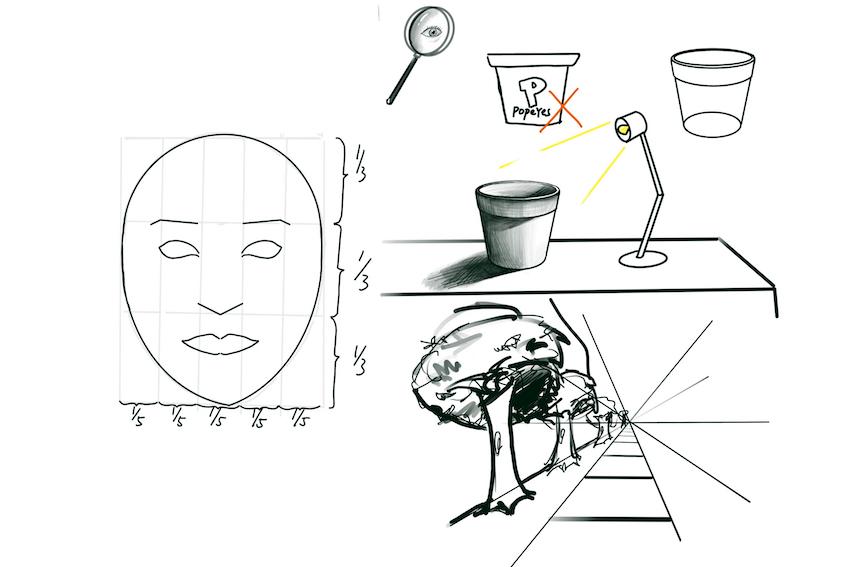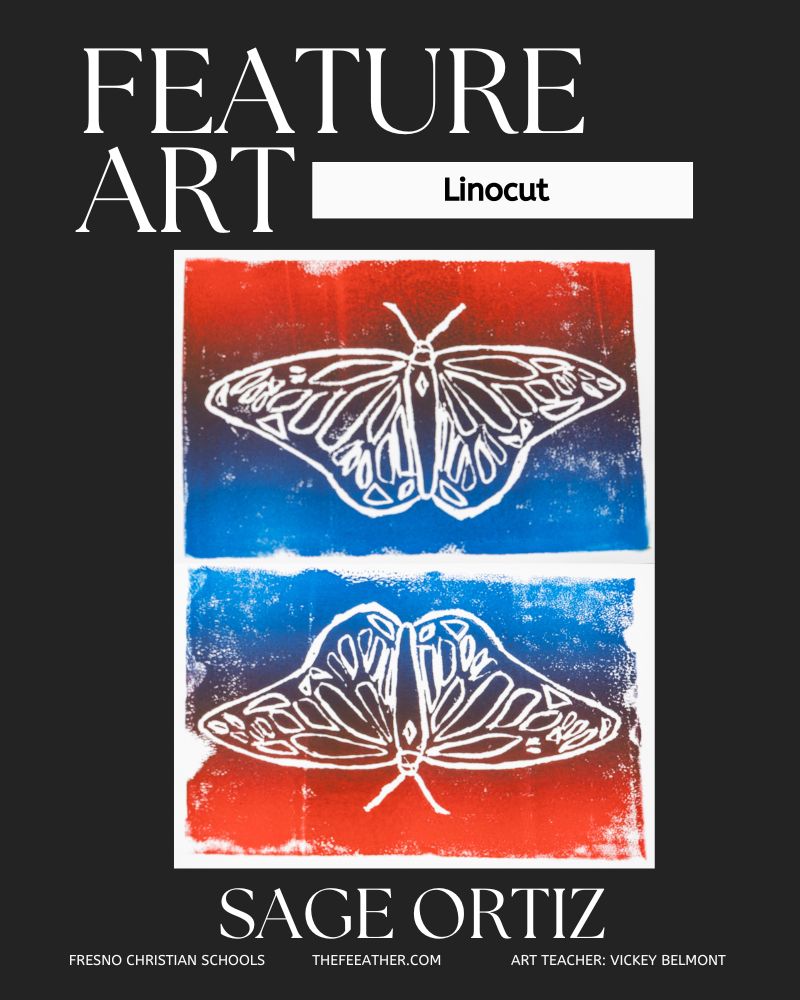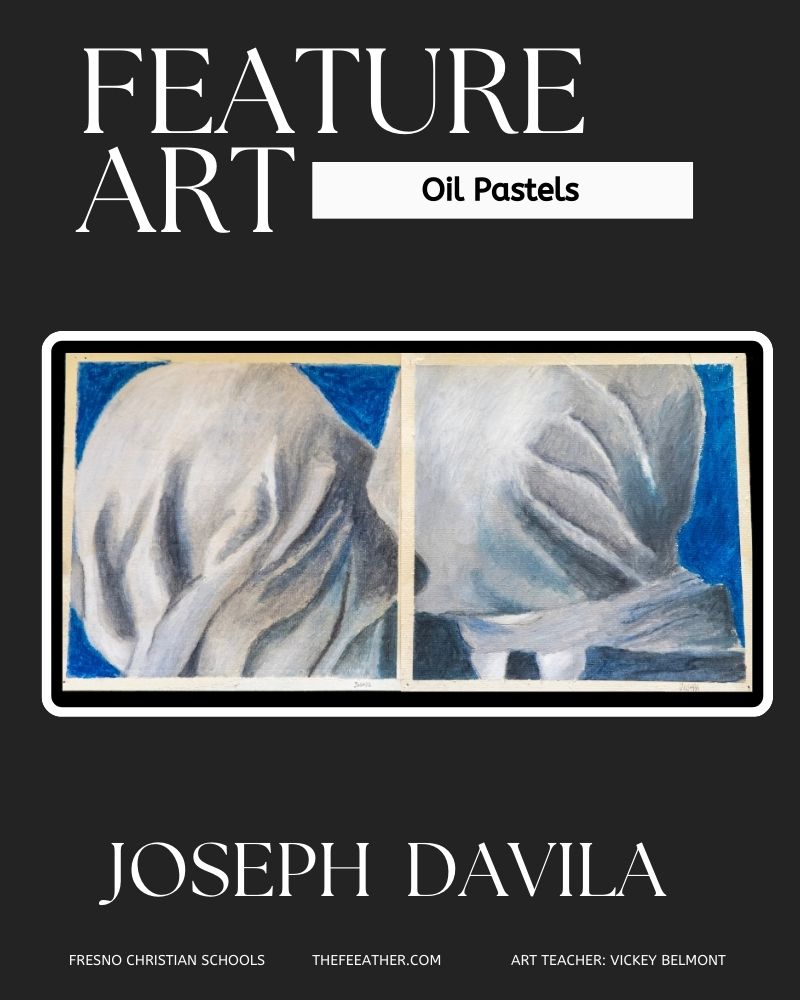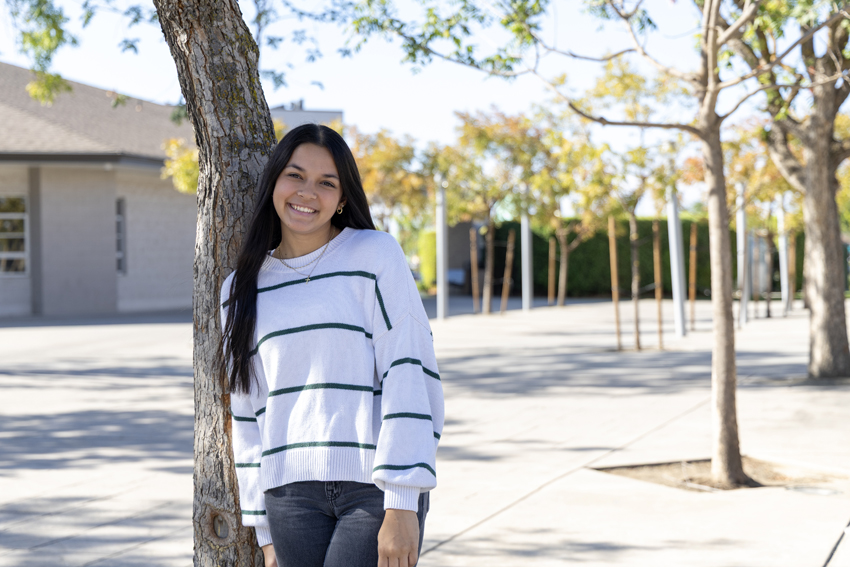Studying subject matter, spatial relationships generates realistic depictions
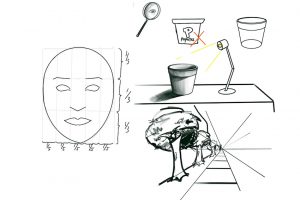
In my view, painting art is the most concise way to directly express self-aesthetic consciousness. Painting can make us feel relaxed and happy as we create or learn basic techniques.
In order to paint things that make sense, you must first understand that painting is a technique that uses a surface as a supporting surface and then adds color to it.
Surfaces can be paper or cloth and the tools for adding color can be through a brush, sponge or cloth strips. Academia divided painting into three categories, namely Chinese painting, oil painting and printmaking. According to the materials and painting techniques used in painting, it can be divided into sketches, watercolors, ink paintings, oil paintings, murals, silk paintings, prints, comics, etc.
Concerning the subject matter of painting, it can be divided into still life paintings, animal paintings, figure paintings, landscape paintings, historical paintings, genre paintings, propaganda paintings, etc. According to the picture format of painting, it can be divided into a single painting, group painting and comic book. The sketch is the closest to our daily painting. Below, I summarize three points that can improve the painting technique.
The first and most important point is to learn to observe things, from whole to part, from geometric shapes to specific details. For example, first observe whether the external body of the object is a cylinder or a cone, a cube or a cuboid, a sphere, or an ellipse.
For example, when many children try to draw a cup for the first time, they may just draw a square and add an ear because they don’t know what a cylinder is. People’s ability to observe things also changes with knowledge. Slowly, they will find that the cup resembles a cylinder and want to try to express its top and bottom.

Second, use the most basic form of expression in painting: points, lines and surfaces to draw the outline of things. The points in the painting are relative to the size of the background setting in the picture.
There are differences in shape, size, and hue in the middle of a picture. It consists of countless points and the line is actually a very narrow surface. A line can also refer to the outline of an image. Surfaces are composed of countless lines and many large and small surfaces can form the contours of various shapes and objects.
Finally, carefully observe the relationship between black, white and gray and the image of light left on the surface of the still life. Distinguish between bright side, gray side, intersection line and dark side. Then, through repeated detailed characterization, the objects we want to express are drawn from the collection of countless points, lines and surfaces!
In the process of painting, we must use visual means and human emotions to create aesthetic creations. Each of our descriptions endow the painting with emotion and life.
Figure painting is another way to understand human character and condition. We should also observe the figure’s physical characteristics first: tall, short, fat or thin. Determine how much of a person’s body is in proportion to the size of the head or the size of the hand. Visualize the approximate proportion between them and draw it out. Then pay attention to the characteristics of the face of the character.
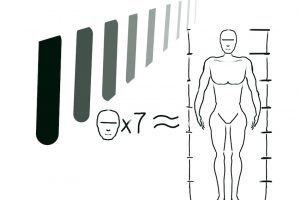
Anyone who knows art in China knows one sentence: “three ting and five eyes” of the face. These are the hallmarks of the general character from the hairline to brow call upper ting; brow to the nose call atrium; nose to chin call lower ting. The distance between the two eyes, the length of the two eyes and the distance between the two eyes to the hairline of the ear, is collectively called five eyes.
Want to capture the characteristics of a character’s face in the drawing? Grasp the characteristics to describe it, and then integrate your emotions about the character into your painting process. A character who works with the artist’s emotional color is a living character!
Painting landscapes helps us understand the mysteries of nature and discover the beauty of the outdoors. They will be changed in our eyes. When you appreciate the beauty of nature, you will find that things in the distance are smaller than things in the vicinity and things that are close to you in the same volume must be bigger.
A path is as wide as it is seen, but the farther it is, the narrower it gets. Rows of large trees are as tall as they are seen, but the farther they are, the shorter they are. This is the perspective relationship; the principle of near and far. Pay attention to a drawing to open up the spatial relationship of landscape paintings and draw beautiful landscape paintings.
If we want to learn to paint, we need to strengthen the cultivation of aesthetic ability. Observe more and think more. To display the beauty of nature and life, you need only to put a brush in your hand.
For more articles, read COLUMN: International student shares bilingualism benefits, learning Vietnamese and COLUMN: Outward thinking leads high school students to volunteer in community.
Mars Hou can be reached via email.

